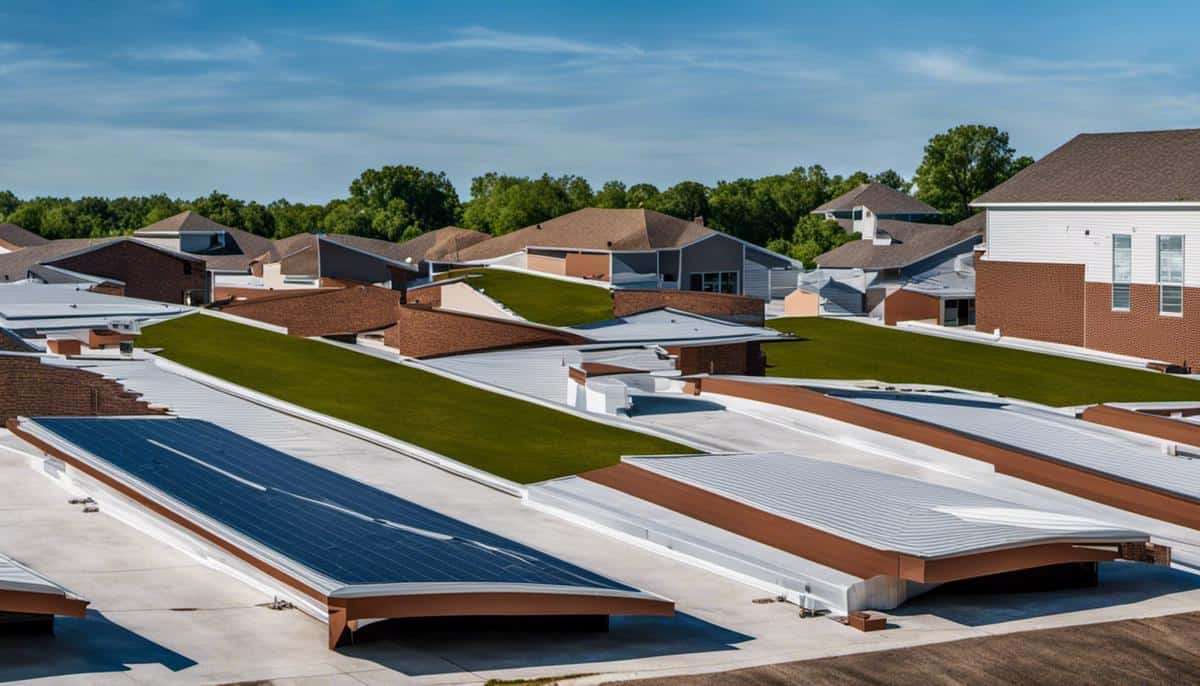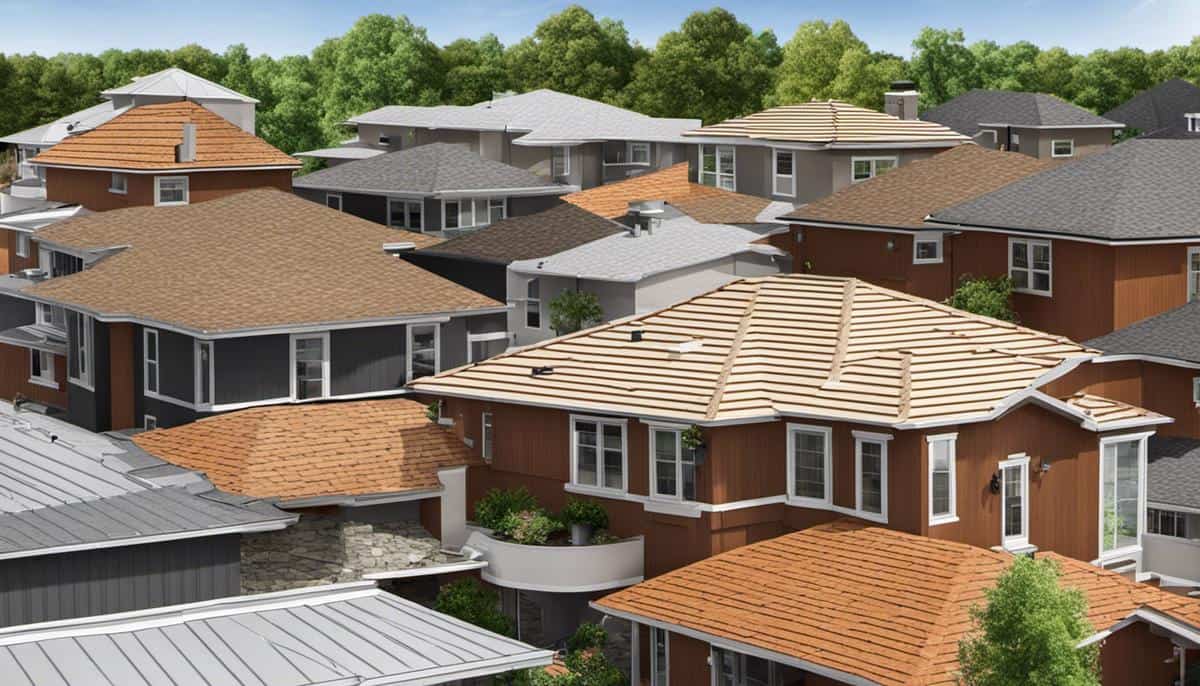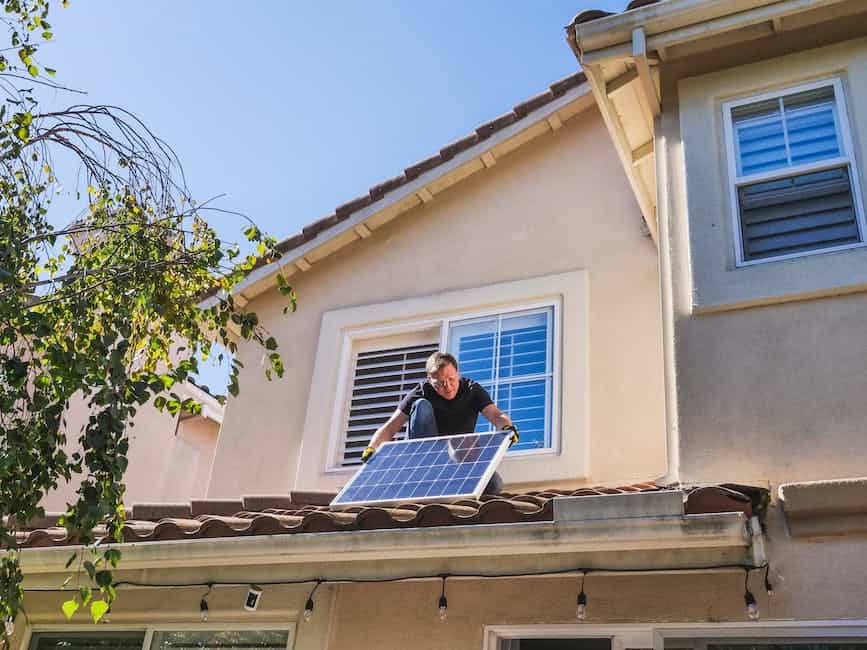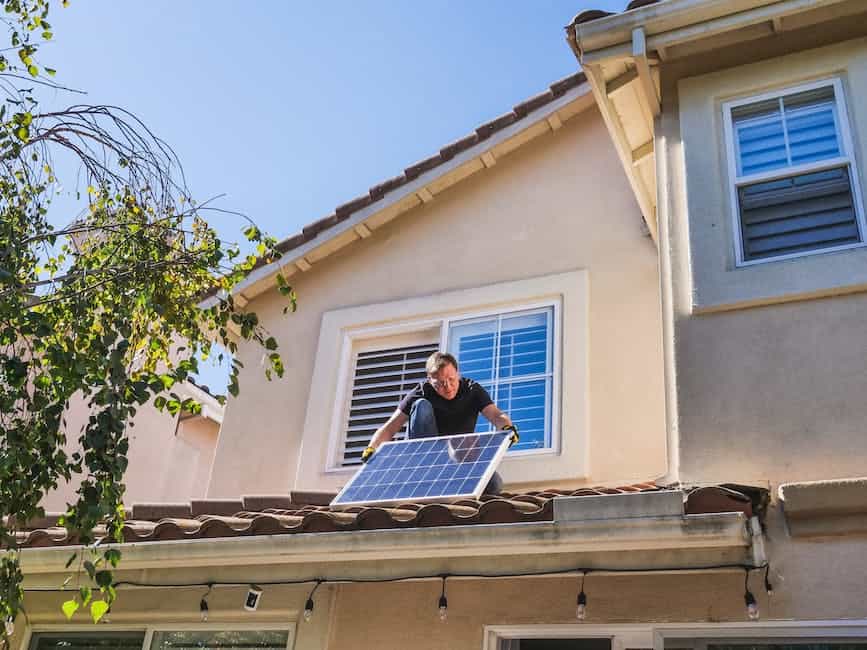
21 Sep Mastering Roof Leaks Repair in Owasso
Every homeowner in Owasso comprehends the significance of a sturdy, well-maintained roof in not only boosting their home’s aesthetic appeal, but also in preserving its structural integrity. It’s crucial to understand the various roof structures typical to Owasso homes, their potential for strength and weaknesses, and the materials used in their construction. Just as a doctor diagnoses a patient’s health by understanding symptoms, homeowners need to recognize the clear and subtle signs of roof leaks. Equally important is learning how to perform routine inspections, particularly following heavy rainfall or storm events, to identify leakage issues early on. Not only will this article focus on how to identify roof leaks, but it will also elaborate on how to repair them safely and effectively. Lastly, the importance of preventive measures and regular roof maintenance for minimizing future leaks will be thoroughly discussed. The objective here is to empower you with an in-depth knowledge of roof leaks, from inception to resolution, while promoting a proactive approach to roof health.
Understanding Roof Structures
Understanding Common Roof Structures in Owasso
Roof structures in Owasso predominantly consist of gabel roofs, hip roofs, mansard roofs, and flat roofs. Each of these types has their distinct strengths and weaknesses.
Gabel Roofs
Gabel roofs, commonly known as pitched or peaked roofs, are easily recognized by their triangular shape. They easily shed water and snow, providing more space for an attic or vaulted ceilings and allow ventilation. However, they can be problematic in high wind and hurricane areas, as they can collapse or cause the roof to detach from the house.
Hip Roofs
Hip roofs have slopes on all four sides, which are all equal length, coming together at the top to form a ridge. They are more sturdy and stable than gabel roofs due to the inward slope of all four sides and are excellent for both high wind and snowy areas. Their complexity in design can make them costlier to build.
Mansard Roofs
Mansard roofs, or French roofs, are made up of four sides, each with a double slope; the lower slope is much steeper than the upper one. They are extremely versatile, allowing homeowners to make future home additions easily. However, they are not ideal for areas with heavy snowfall due to the low pitch portion of the roof.
Flat Roofs
Flat roofs are mostly level — the usual pitch being only 10°. They are simple to construct, require less material, and allow the roof space to be used as a living space or a living roof. The drawback is that they have poor drainage and can cause water leakage if not maintained properly.
Familiarization with Roofing Materials
The materials used for roofs in Owasso largely depend on the type of roof structure and can range from asphalt shingles, metal roofing, wood shakes and shingles, clay, and concrete tiles, to synthetic roofing products.
Asphalt Shingles
Asphalt shingles are the most prevalent, given their economical pricing and ease of installation. They come in a multitude of colors to match any home color scheme. However, they have a shorter lifespan compared to other roofing materials and aren’t eco-friendly.
Metal Roofing
Metal roofing is more durable and longer-lasting than asphalt. It is resistant to severe weather conditions and is eco-friendly. Its downsides include its high cost and the noise it can make during rainstorms.
Wood Shakes and Shingles
Wood shakes and shingles provide a natural look and excellent insulation but require more maintenance and have a higher risk of fire.
Clay and Concrete Tiles
Clay and concrete tiles are very durable and non-combustible, giving them good fire resistance. But they are also quite heavy and require reinforced roof framing to support the weight.
Synthetic Roofing Products
Synthetic roofing products, including rubber, plastic, and polymer roofing, are designed to give you the color and texture of natural materials but with less maintenance and often with enhanced durability and fire resistance.
Evaluating Common Roofing Problems
Damage to these roof types and materials often results in leaks. In Owasso, common roofing problems are usually related to improper installation, lack of maintenance, and severe weather conditions. Leaks often occur around the chimney, under damaged shingles, at flashing points, close to vents and pipes, and in low spots or valleys. Identifying the weak points in your roof and regular inspection for any damage or potential issues can prevent a small problem from becoming a major leak.

Identifying Roof Leaks
Understanding the Signs of Roof Leaks: Clear and Subtle Indicators
Recognizing the indications of a leaking roof is a key aspect of home maintenance. Obvious signs of roof leaks include water stains on ceilings and walls, the presence of mold or mildew, or even seeing daylight through the roof boards in your attic. Subtler signs could be curling, buckling, or missing shingles — these typically imply that your shingles are worn out, making it easier for water to infiltrate your roof.
The Importance of Regular Roof Check-ups
Conducting routine roof check-ups is a crucial preventive measure. This should ideally be done twice a year and especially after heavy rains or storms. Such inspections will involve looking for damaged, decayed, or missing shingles; examining your gutters for shingle granules; checking for signs of water damage or rot in your attic; and making sure your roof’s flashing — seals that cover any roof penetrations like chimneys or vents — are in good shape, as damaged flashing can let water seep into your home.
Understanding How Leaks Develop Over Time
Roof leaks typically develop over time due to normal wear and tear that every roof experiences. Even minor roof damage can turn into significant leaks during heavy rains or storms. Typically, most leaks start at areas of penetrations in the roof or places where shingles are damaged or missing. Water seeps into these vulnerable spots, and over time, it can start to cause significant damage to your roof.
The Damages Caused by Roof Leaks
Roof leaks, if ignored, can lead to considerable damage over time. Structural damage is the most serious consequence, as the continuous water intrusion can compromise the structural integrity of your roof and home. Water leaking into insulation materials can also result in the materials clumping and losing their effectiveness, leading to increased energy costs. Also, lingering dampness can be an ideal environment for mold and mildew growth, which can lead to serious health issues for household members.
To prevent these potential damages and the resulting expensive repairs, it’s essential to be proactive in maintaining your roof — regular inspections and early detections of leaks can save you a lot of trouble in the long run.

Roof Leaks Repair Techniques
Identifying the Type of Roof Leak
Understanding what kind of roof leak you’re dealing with is the first crucial step. The cause could range from missing shingles, leaking skylights, to improper roof ventilation or ice dams during winter. Examining the leak’s origin can provide valuable clues. For instance, if the leak mainly occurs during heavy rain, it’s likely the result of inadequate gutter drainage and excessive water flow on the roof.
Choosing the Appropriate Repair Materials
Different types of roof leaks require different repair materials. If the issue lies with shingles, acquiring new ones to replace the damaged or missing pieces will be necessary. In cases where the leak originates from the seams or junctions of the roof (like where the roof meets the walls or around the chimneys), flashing tape or sealant might be the best solution. Patches and tarps could be useful for temporarily remedying severe leaks, but these are temporary fixes and not long-term solutions.
Safety Precautions for DIY Roof Leak Repairs
Roof leak repairs potentially involve heights, which can always pose safety risks. To mitigate these risks, avoid working in adverse weather conditions such as rain or storms. Always have a sturdy, safe ladder and don’t ascend on the roof surface alone – a spotter can provide backup support if needed. Wearing rubber-soled shoes can help prevent slipping, and a harness isn’t a bad idea if your roofing area is steep or high. Utilizing eye protection when removing or securing materials is also essential to prevent foreign objects from entering your eyes.
Repair Techniques for Common Roof Leaks
Once you’ve determined the type of roof leak, chosen the materials, and prepared for safe work, it’s time to repair. For damaged or missing shingles, carefully remove the affected area, ensuring not to damage surrounding shingles. Position and secure the new shingle, making sure to nail it down correctly.
If the leak is resulting from inadequate roof flashing, remove the old material first. Use your sealant to give a generous coating along the edge of the area before placing your new flashing piece. Make sure to secure it down thoroughly and cover any nails or screws with a bit more sealant to prevent potential leaks.
Broken or cracked vent boots can also cause leaks. To repair, remove the old boot and replace it with a new one. It’s important to ensure it’s properly sealed to the base of the roof and around the pipe.
Roof leak repair can be a challenging task, but with adequate knowledge, careful planning, and taking appropriate safety precautions, it can certainly be tackled by a DIY enthusiast. Remember, if the damage appears too extensive or difficult to handle alone, it may be best to call in a professional.

Preventive Measures and Maintenance
Regular Roof Maintenance
Maintaining your roof regularly is key to keeping it in good shape and preventing future leaks. Regular maintenance includes cleaning your gutters and downspouts, especially after heavy storms. Debris and leaves can clog your gutters, causing water to spill over the sides and potentially damage your roof. It’s also essential to remove any overhanging branches that may fall on your roof during a storm and cause damage.
Scheduling Roof Inspections
An integral part of maintaining your roof to prevent leaks is scheduling regular professional roof inspections. Professionals will check for signs of wear and tear, damaged shingles, poor ventilation, and cracks in flashings. It is recommended that you schedule inspections twice a year, preferably during spring and fall, to avoid extreme weather conditions.
Do-it-yourself Roof Inspection
In addition to professional inspections, it is also beneficial to perform your own inspections, especially after a storm. Look for missing, cracked, or bald shingles. If you have a sloped roof, inspect it using binoculars to avoid causing unnecessary damage by walking on the roof. Any signs of damage should be addressed promptly to prevent leaks.
Addressing Potential Problem Areas
While inspecting your roof, pay attention to potential problem areas like chimneys, skylights, and vents, where roof materials join together. It is because these areas are more prone to leaks. Ensure that all these parts are tightly sealed and don’t have cracks.
Regular Roof Improvements
If possible, make roof improvements part of your regular home maintenance schedule. This could include replacing damaged shingles, installing additional insulation or ventilation, or replacing old flashings. These improvements not only strengthen the integrity of your roof but also increase its lifespan.
Preventing Ice Dams
In colder climates, preventing ice dams is a necessary part of roof maintenance. Ice dams occur when snow melts, flows to the roof’s edge, and refreezes, creating a dam. This dam stops melting snow from draining off the roof, which can cause leaks. To prevent ice dams, improve your roof’s insulation and ventilation to keep the roof temperature even.
By following these steps, you can actively maintain your roof and prevent future leaks. Regular inspections and improvements, addressing potential problem areas promptly, and proper roof cleanliness can go a long way in extending your roof’s lifespan and saving you from costly repairs.

Knowing what to look for and how to address roof leaks can save you considerable hassle and expense in the long run. Not only does this knowledge allow you to prevent minor problems from ballooning into major roofing emergencies, but it also helps you maintain the overall health and longevity of your roof. The strategies discussed in this article emphasize the vital role of prevention, timely identification, and effective resolution of roof leaks. They provide you with the requisite knowledge and skills to conscientiously monitor and maintain your roof, significantly reducing the risk of leaks. Ultimately, armed with this information, every homeowner in Owasso can better protect their homes, ensuring the roof over their head remains robust and reliable throughout its entire lifespan. The home is not just about four walls, but a secure roof too.


Sorry, the comment form is closed at this time.